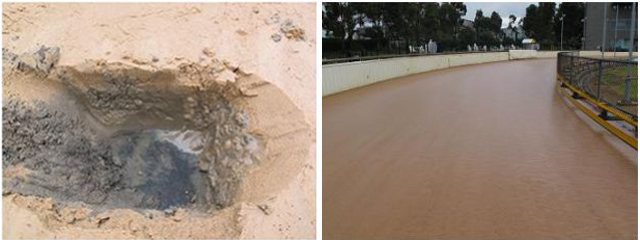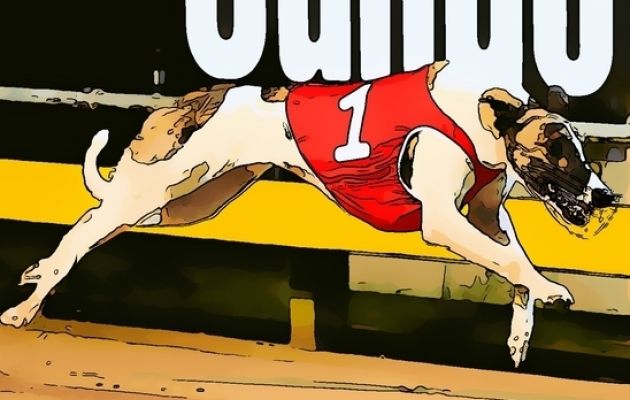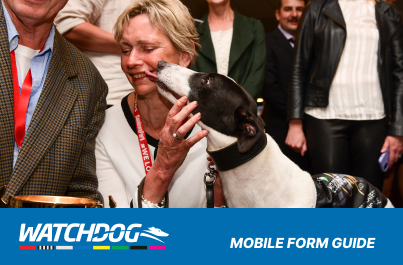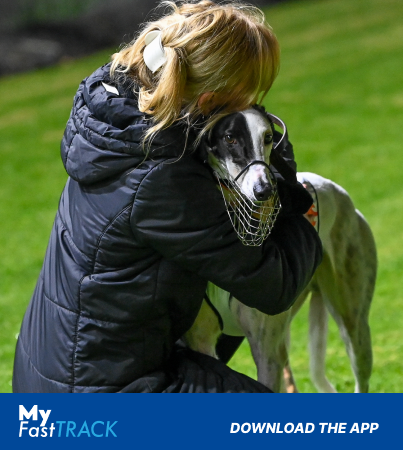
- Wednesday, 20 May, 2015,
- by Greyhound Racing Victoria
Science and Sand in Victorian Greyhound Racing
Sand is not something people think about in a scientific sense all that often but it’s a material that has many different functions. It is used for a wide range of tasks including brakes on trams and the surface for greyhound racing tracks.
Sand is the preferred greyhound racing surface in Victoria and recently a study was conducted to scientifically identify specifications to provide the most consistent and safest racing surfaces.
In 2014, Victoria’s greyhound racing governing body Greyhound Racing Victoria (GRV), commissioned a $40,000 study into the various surfaces around Victorian race tracks to determine the best possible conditions to ensure greyhound safety at the track.
Working with Ground Science and Global Turf Solutions samples were taken from 11 Victorian tracks and analysed.
The study was comprehensive in that it took into consideration all factors that could affect the performance of the surface including: sand type and source, clay content, particle size, the irrigation system, the base structure and the maintenance procedures and machinery/equipment utilised.
The entire ecosystem was analysed in order to determine the safest, most consistent and environmentally sustainable solution for Victorian greyhound racing.
Craig Armstead, General Manager of Clubs and Membership Development at GRV, said the study was aimed at increasing the professionalism of track preparation in Victoria and to establish uniform practices across all 13 of GRV’s race tracks.
“This study comes from GRV’s practice of making fact-based decisions,” he said “the findings of this study will complement the vast industry knowledge we are fortunate to have.”
“The results of the study will be formalised shortly and there will be a significant consultation period with the 13 Clubs, GOTBA and track maintenance staff to discuss the implementation of the recommendations.
“We have been working diligently on determining a racing surface which is optimal for greyhound welfare and track sustainability. We expect these outcomes to improve the surface at slipping and trial tracks in addition to the racetracks.”
One objective from the study is to focus on the consistency of the sand profile to the specifications, rather than where that sand was sourced from.
It was identified that the performance of the track surface was also strongly influenced by other elements such as the base on which the sand was placed, frequency and approach to watering, weather generally and the method and frequency of harrowing and top dressing the sand.
The full Sand Study report will be made available in the coming months as part of the consultation process.



Greyhound Racing Victoria
GRV regulates the sport of greyhound racing in the state of Victoria under the Racing Act 1958 (Act), which includes setting standards and ensuring they are met by participants.
Featured
Latest news
Watchdog


Is Flying Fernando the Perfect Greyhound?
Comparisons between Fernando Bale and some of the greatest greyhounds of all time are starting to become very common. Is he the perfect greyhound?
Newsletter Signup
GRV WEBSITES
GRV WEBSITES
Quicklinks
Report misconduct or suspicious activity
Call Investigations Hotline 24 hours a day - 7 days a week






